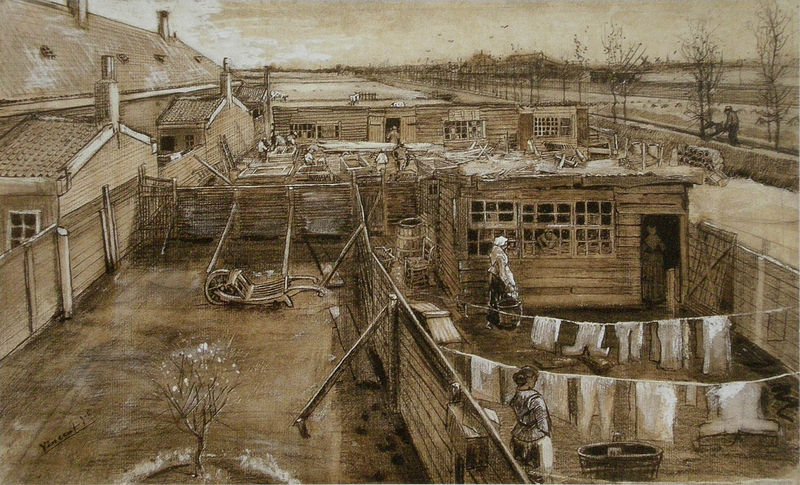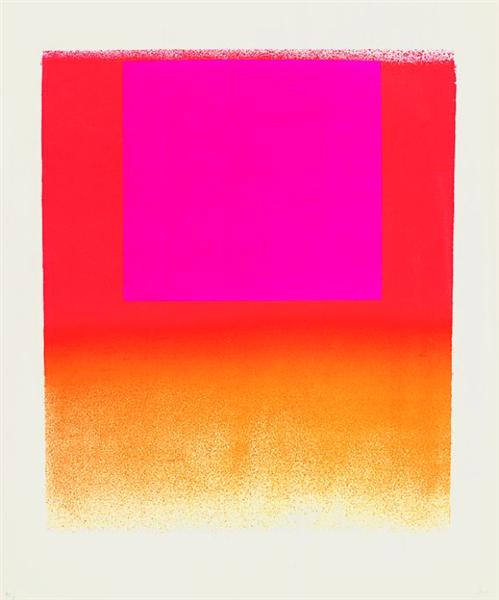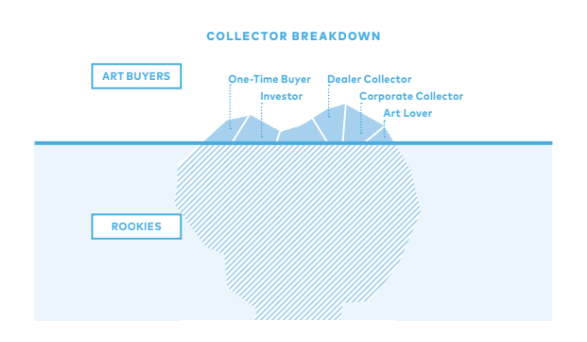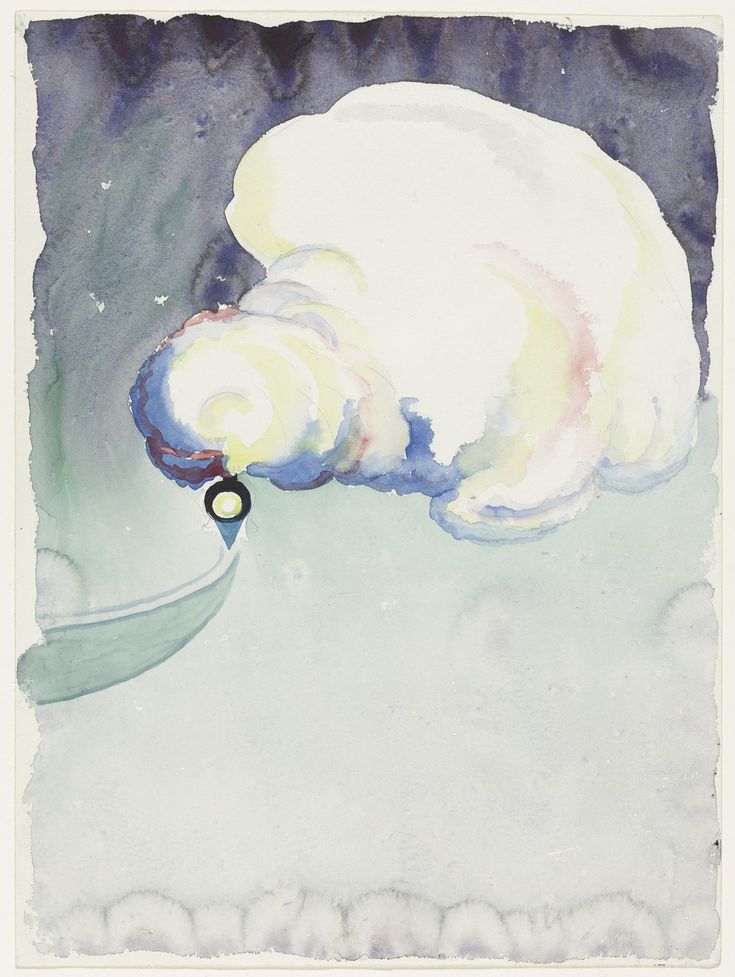The Art of Science—Versailles at the Science Museum, London
Have you ever wondered how it would feel to witness the grandeur and opulence of the 18th-century French court? Then you might want to go to London.
Edoardo Cesarino 19 December 2024
Written by New York cultural economist Magnus Resch, How to Collect Art (Phaidon Press, January 2024) tells the story of the art market as a place in serious need of two things—an influx of new collectors, and collectors that pull the market’s sensitivities towards the work of underrepresented artists.

Vincent van Gogh, 1882, Carpenter’s Yard and Laundry, Kröller-Müller Museum, Otterlo, Netherlands. In 1882, Van Gogh’s uncle, Cornelis “Cor” Marinus, likely provided moral as well as financial support when he gave the artist his first paid commission, for cityscapes of the Hague.
This book is for readers who want to do good in the world and who also love art. Resch proposes that collecting the art of under-represented artists—people of color, women, and others—serves both the art market and the new collector. Best of all, he tells us how to collect art even with a budget as spare as the trees in a Van Gogh drawing.
“I advocate for a shift in focus towards ‘responsible buying’,” Magnus Resch recently told DailyArt Magazine. “This approach emphasizes viewing art acquisition not merely as a financial transaction but as a philanthropic endeavor and a source of personal satisfaction.“
Filled with numerous case studies and personal anecdotes, the book portrays collecting art as a journey of self-discovery. As the novice collector navigates through preferences and values, they unearth insights about themselves that often diverge from the norms of the market.
“At sixteen, my journey as a collector began with the purchase of a piece by German artist Rupprecht Geiger at Sturies Auctions in Germany, costing 400 Deutsche mark (approximately $200). Fueled by my appreciation for art and savings from my job as a shop assistant, this acquisition marked the start of a transformative endeavor,” he shared. “For me, each piece of art I acquire comes with a meaningful story and serves as a reminder of the positive impact I’ve made in supporting the arts. I believe this increase in value holds more significance than any financial profits.”

Rupprecht Geiger, Leuchtrot orange – leuchtrot warm, 1965. Wikiart. This color block artist was an example of someone who created editions—such as silkscreen prints in series—that can each be more affordable for a new collector than a singular painting or sculpture.
For readers intrigued by the financial aspects of art collecting, Resch explains his suggestions with data rather than anecdotes. He helps uncover that art valuation often hinges on an artist’s exhibition history and sales context rather than intrinsic artistic superiority. For example, in 1917, Georgia O’Keeffe made her first sale with the charcoal drawing Train at Night in the Desert (1916). Although initially less expensive than most paintings, the work is now part of the invaluable MOMA collection.

Resch’s guidebook invites Rookies, or those who have never bought art (yet), to enter the art market by supporting underrepresented artists and learning about themselves in the process. Illustration from How to Collect Art, Magnus Resch, Phaidon Press, January 31, 2024 (page 73).

Georgia O’Keeffe, Train at Night in the Desert, 1916, Museum of Modern Art, New York City, NY, USA.
Novice collectors with limited budgets are thus encouraged to prioritize supporting artists in need rather than banking on investment returns. The book offers ample advice on navigating both virtual and physical markets with a modest three-to-four-digit budget.
You can get your copy of How to Collect Art on the publisher’s website.
DailyArt Magazine needs your support. Every contribution, however big or small, is very valuable for our future. Thanks to it, we will be able to sustain and grow the Magazine. Thank you for your help!